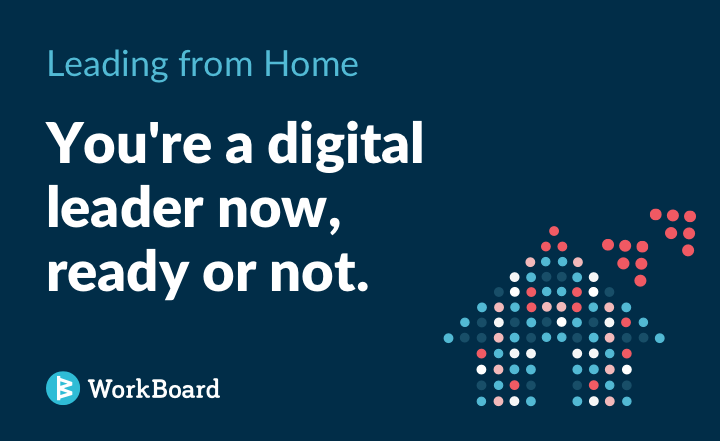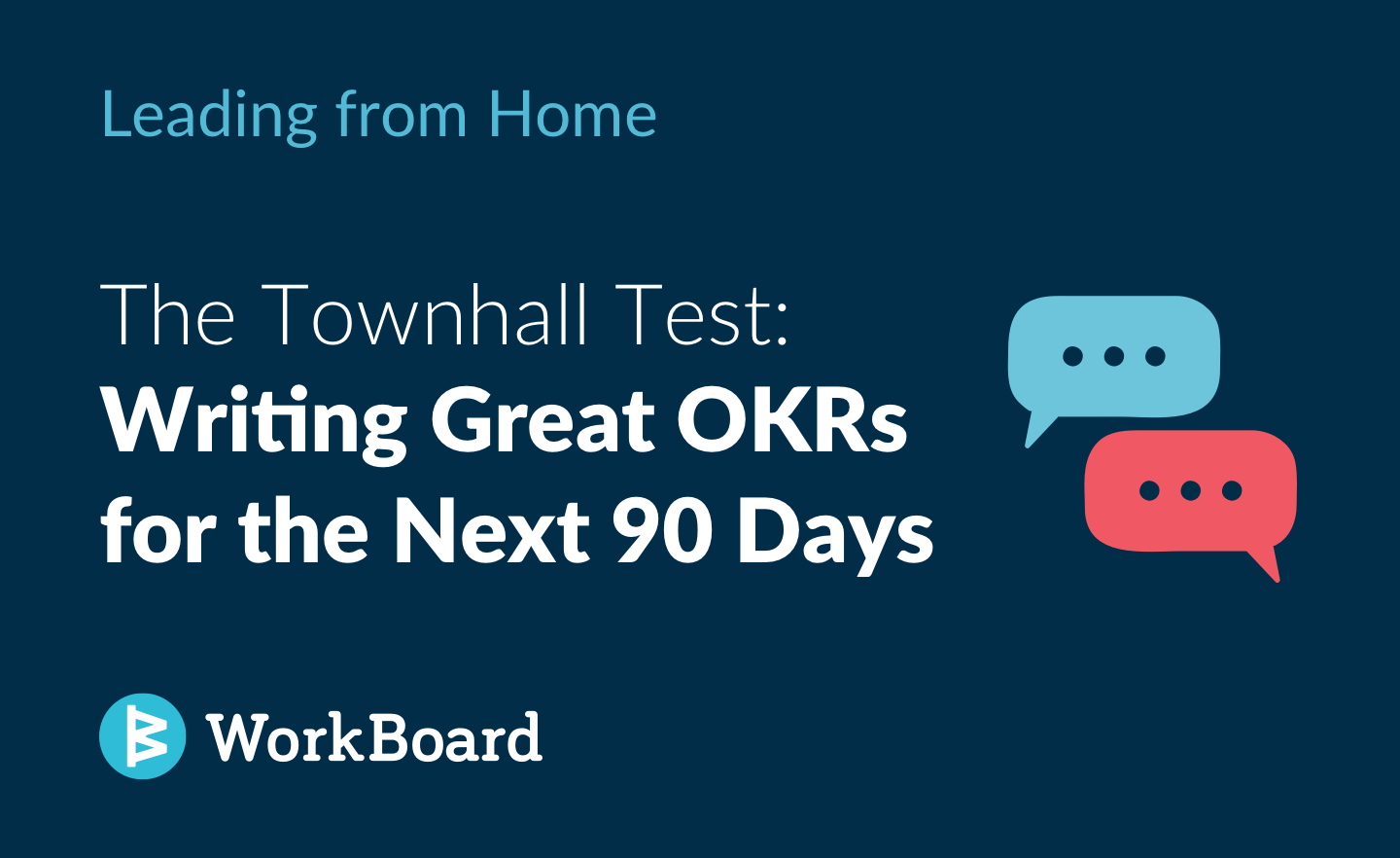
At our recent user community meeting, the chief of staff for Microsoft Azure’s CMO, Andrew Kisslo, led an excellent discussion on measuring what matters more effectively (you can read the key takeaways in his Let’s Talk Results interview here). He used the phrase “watermelon metrics” to describe false-positive indicators that distract from the important work of building value. Watermelon metrics look green on the outside when they’re red on the inside — they’re framed to be skipped over, but when you dig in, the problems quickly surface. Measuring results should drive progress, not hide it.
Baselining where we are, striving for improvement, and measuring our progress ensure our products and people create unique and lasting value for customers. For many organizations, defining and getting good measurement data is still remarkably hard. Good measurement is as much a function of leadership tone and culture as it is data quality and instrumentation. A robust OKR process and platform help teams define what outcomes matter and what to measure, as well as making progress data toward ideal outcomes radically transparent.
These five culture and behavior tips can help foster a growth and Outcome Mindset™ where people embrace facts and data to fuel their decisions:
1. Be honest: do you want to be good or look good?
It’s natural to want to look good in front of colleagues and your boss — popular culture reinforces this daily, and we don’t want to disappoint others who rely on us. With a little introspection, most of us conclude that we have a more authentic need to be great at our jobs and get better over time than to appear good at any given moment. When we have that clarity, we are naturally motivated to pursue ambitious metrics and embrace the challenges inherent in the pursuit of greatness.
2. The purpose is to improve, not punish.
When leaders — and the culture — are focused on improvement over punishment, it creates an environment where facts and data flow more easily. As a leader, demonstrate that you use measurement data to enable smarter decisions on where to allocate efforts to improve the business. Using OKRs across the org embeds measurement into the operating rhythm with a shared framework for ambitiously aiming for great while fearlessly measuring progress toward it. A results platform makes targets and progress metrics a daily norm for everyone rather than a drama in monthly business reviews.
3. Lean into the red.
Time is a huge lever in success, so the earlier you know where the issues are, the more time you have to address them in a given month or quarter. Breaking a watermelon open releases the goodness, and it’s the same for watermelon metrics; delve in and find out what’s really valuable. If you find issues too late, then there’s little or no time to recover before the quarter or project ends. Metrics in the red tell you where your attention is needed — in fact, OKR heatmaps help organizations see instantly and exactly where precious time would make a real difference in results. Rather than avoiding the red, lean in fast and hard!
4. Because you can measure it, doesn’t mean it matters.
In OKR sessions, I sometimes hear people throw out numbers that are large in quantity but which are indicative of nothing — they just sound big. They can deflect attention from truly important small numbers that should be bigger. If a metric or key result doesn’t move the needle on customer value or nothing you can do really moves the number, don’t waste time gathering, totaling, posting, and looking at it. Every quarter, revisit what you measure: what truly creates value, what’s the best possible result, and what’s the smartest way to measure value so you can expand on it?
5. Facts are your friend, especially when they don’t tell you what you want to hear.
Only your best friend tells you the real truth — good results measurements are similar in that they tell you the truth even when it may not be what you planned. More importantly, avoiding the facts amplifies them, and shooting the messenger generally ensures you receive fewer important messages over time. Results measurements that indicate poor health, challenges, friction, low consumption, and so on are crucial to your success — welcome them like friends you need.
Ultimately, these behaviors are about using intellectual honesty to define, drive, and assess value in the most authentic way. More than an indicator of the past, results data tells us what to do next. The faster and more clearly we see progress towards key results, the faster and stronger you will achieve your best possible outcome.










